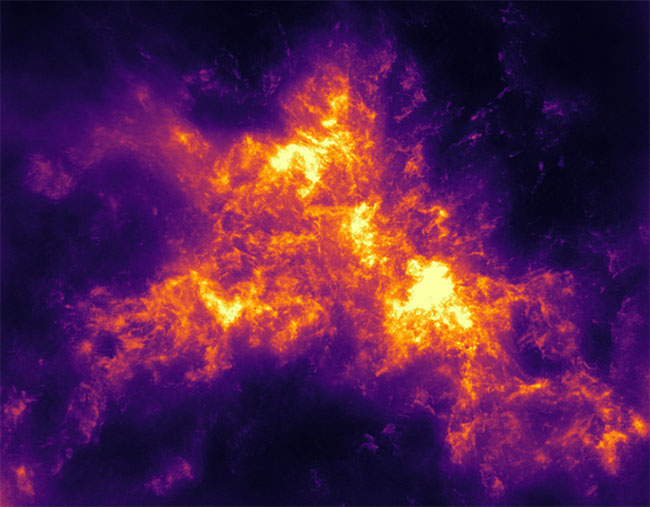The Advanced ASKAP Radio Observatory System and Pakers in Australia have captured the most comprehensive radio images of the Small Magellanic Cloud, a satellite galaxy of the Milky Way, which is home to Earth. It is located just 210,000 light-years away from us and is situated in the southern part of the constellation Tucana.

The Small Magellanic Cloud is only 210,000 light-years away from us.
Sci-News reports that the new images provide the clearest and most accurate view of neutral hydrogen emissions from the Small Magellanic Cloud. According to Dr. Nickolas Pingel from the Research School of Astronomy and Astrophysics at the Australian National University, this is a significant step towards understanding the role of hydrogen in galaxy evolution.
For instance, hydrogen interacts with supernovae, which are stars that have depleted their fuel and explode at the “end of their life,” leaving small holes in the gas regions.
This image represents the clearest radio data of the Small Magellanic Cloud, revealing even the most intricate structures, allowing astronomers to understand what this neighbor contains and how it has experienced its history.
The Small Magellanic Cloud is one of the closest and most unique satellite galaxies of the Milky Way. It orbits another satellite galaxy, the Large Magellanic Cloud. This interaction creates a long “tail” known as the Magellanic Stream. This structure is believed to potentially collide with the galaxy containing Earth in about 50 million years.


















































